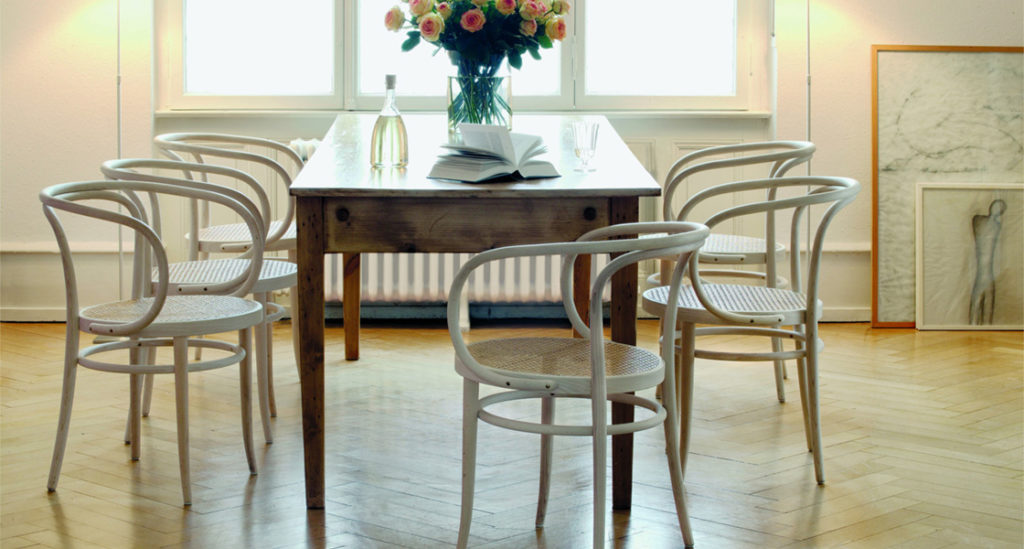Table of Contents
Revolutionizing Craftsmanship: How Fameg Continues Michael Thonet’s 19th Century Wood Bending Legacy
The Fameg brand, a reputable name in furniture production, has remained at the forefront of the industry by continually embracing and refining a unique technology initiated in the 19th century by Michael Thonet – the art of wood bending. As a Digital Content Manager, I am excited to delve into the rich history of this brand and the revolutionary methods it employs to maintain its leading position in the marketplace.
Fameg: A Brief History
Fameg was established in 1881, in Radomsko, Poland, following in the footsteps of the innovative wood-bending technique pioneered by Thonet. Over the years, the brand has continuously evolved, embracing modernity while maintaining its traditional craftsmanship. Today, Fameg’s products are known for their exceptional quality, innovative design, and sustainability.
The Art of Wood Bending: A Legacy of Michael Thonet
Michael Thonet, a German-Austrian cabinet maker, revolutionized the furniture industry in the 19th century with his unique method of bending wood. This technique enabled mass production of aesthetically pleasing, durable, and lightweight furniture, which was a significant departure from the cumbersome and heavily ornamented furniture of the era. Fameg has carried on Thonet’s legacy, refining and modernizing the wood bending technique to produce a variety of high-quality furniture.
Fameg’s Product Categories and Sub-categories
Fameg’s extensive range of products is divided into several categories and sub-categories to cater to diverse needs. These include:
- Seating Furniture: Chairs, Bar Stools, Armchairs, and Benches.
- Tables: Dining Tables, Coffee Tables, and Side Tables.
- Home Accents: Coat Racks, Mirrors, and Magazine Racks.
Each of these categories is further divided into sub-categories based on style, material, and functionality, offering customers a wide array of choices to suit their specific needs and tastes.
Interesting Facts about Fameg
- Fameg’s factory in Radomsko, Poland, is one of the oldest continually operating factories in the world.
- The brand has remained faithful to Thonet’s wood bending technique for over a century, making it a significant part of its unique identity.
FAQs
Q: How does Fameg maintain the quality of its products?
A: Fameg combines traditional craftsmanship with modern technology, ensuring that each product undergoes rigorous quality checks before it reaches the customer.
Q: What type of wood does Fameg use in its production?
A: Fameg primarily uses European beech wood, known for its durability and aesthetic appeal.
Q: How does Fameg contribute to sustainability?
A: Fameg sources its wood from sustainably managed forests. Additionally, it minimizes waste in its production processes and recycles wherever possible.
Q: Does Fameg offer custom-made furniture?
A: Yes, Fameg provides a bespoke service for customers seeking custom-made furniture.
In conclusion, Fameg continues to revolutionize craftsmanship, staying true to the wood-bending legacy of Michael Thonet while adapting to modern demands. The brand’s commitment to quality, innovation, and sustainability ensures it remains a leading choice for customers seeking exceptional furniture.





